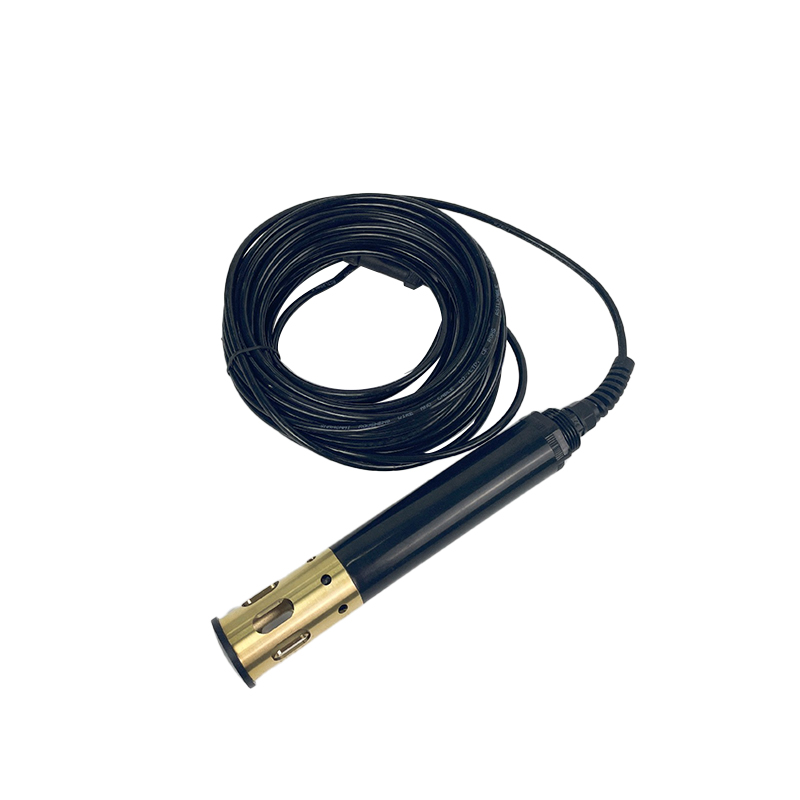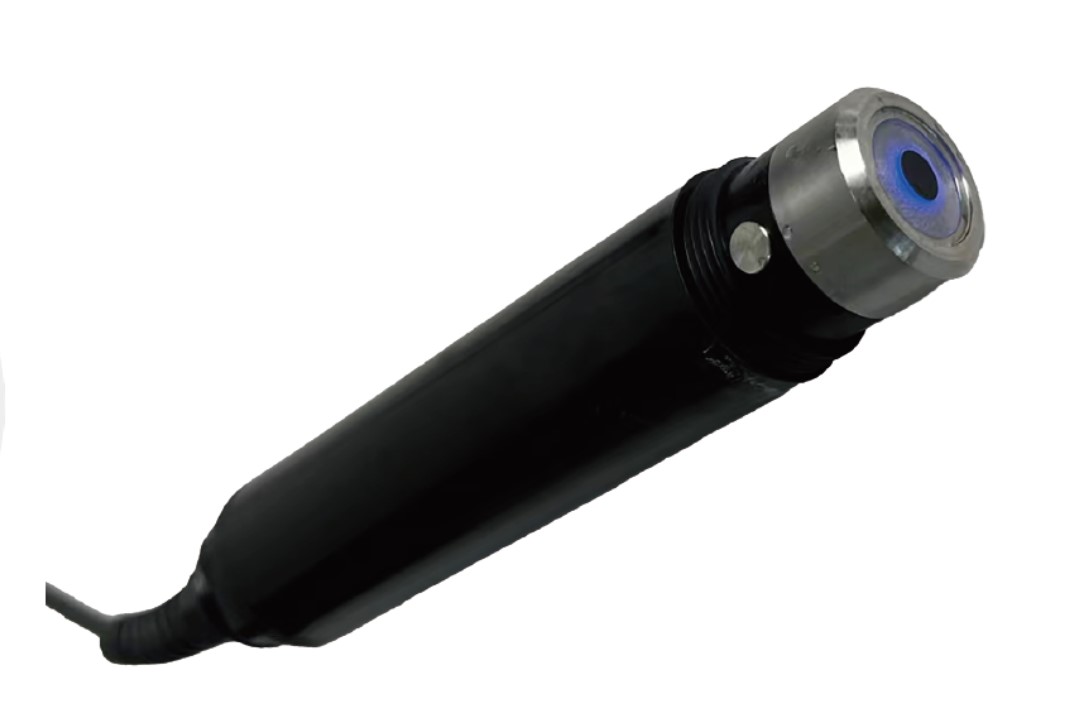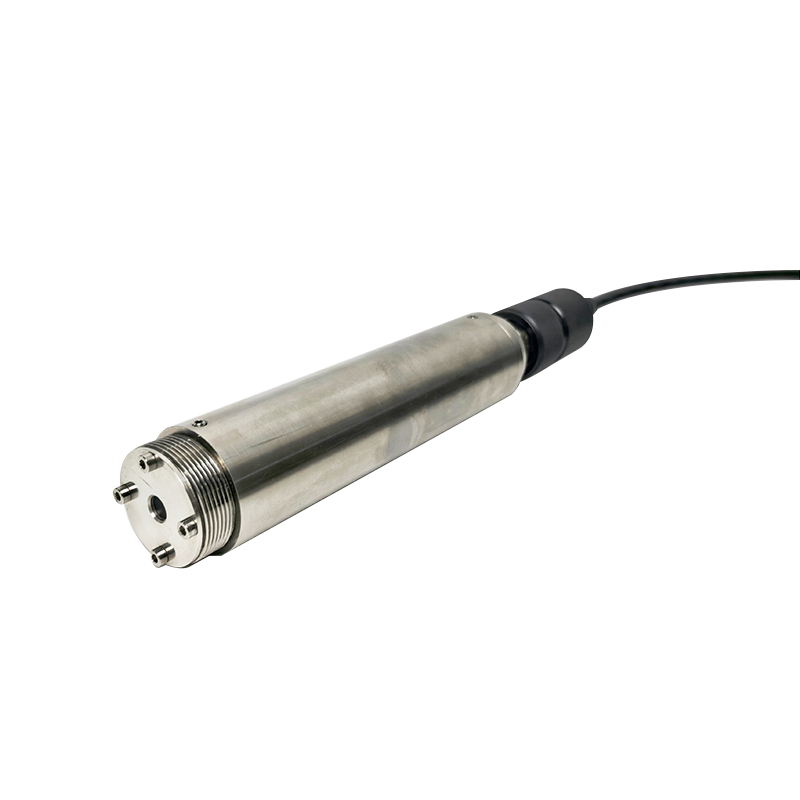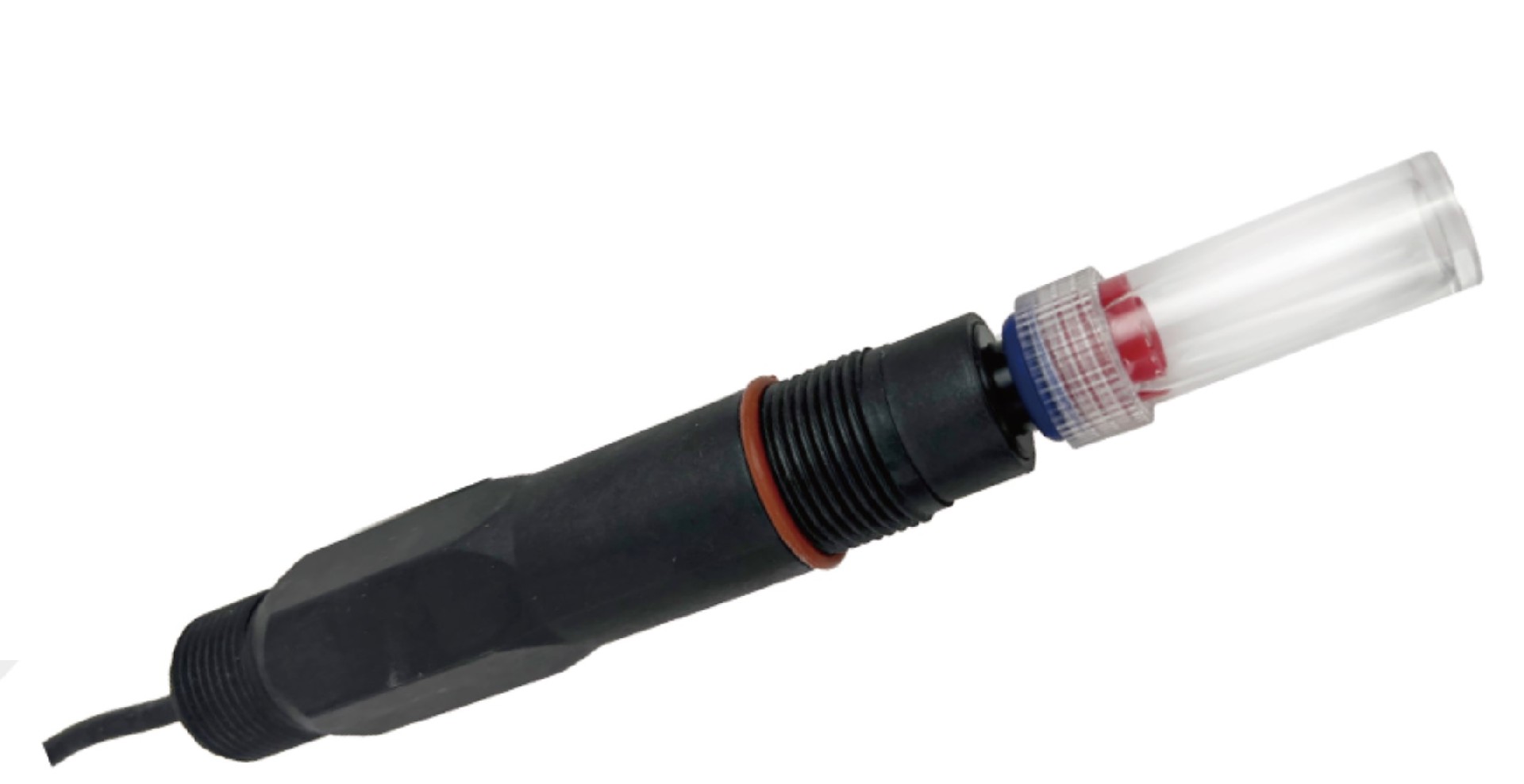I. Introduction
In the vast marine world and various complex water environments, water quality monitoring is of inestimable significance for ecological protection, resource development, industrial production, and human health. As the core equipment for obtaining key water quality information, the accuracy and reliability of the measurement data of water quality sensors are directly related to our judgment of water quality conditions and the formulation of subsequent decisions. However, in practical applications, water quality sensors face many challenges, among which the attachment of marine organisms is particularly prominent, seriously affecting the measurement performance of sensors.
The ocean, this mysterious and rich blue realm, contains extremely abundant biological resources. According to statistics, there are currently more than 200,000 known species of marine organisms, and the actual number of species may be even larger. These marine organisms grow and reproduce freely in the water body, and some of them have the habit of attaching to the surfaces of various objects. When water quality sensors are exposed to such an environment for a long time, they will inevitably become the targets of marine organism attachment.
Taking the water quality monitoring buoy in a certain sea area as an example, within just one month, the surfaces of various water quality sensors installed on the buoy are covered with various marine organisms, such as barnacles, seaweeds, shellfish, and a large number of microorganisms. The attachment of these organisms to the surface of the sensor seems to be just a simple physical coverage, but in fact, it triggers a series of complex and thorny problems, greatly interfering with the measurement data of the sensor.
II. Influence of Marine Organism Attachment on the Measurement Data of Water Quality Sensors
2.1 Optical Sensors
Optical sensors are widely used in water quality monitoring and are often used to measure parameters such as turbidity, chlorophyll, and dissolved oxygen (by fluorescence method) in water. Their working principle is based on the propagation characteristics of light in water and its interaction with substances in water. When marine organisms attach to the optical window or optical path of the optical sensor, it will seriously interfere with the propagation of light.
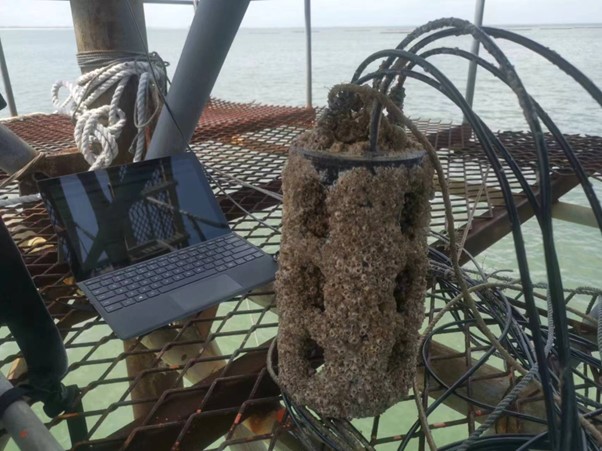

The attached organisms will absorb and scatter light, changing the intensity and propagation path of the light. For example, organisms such as algae contain pigments such as chlorophyll, which will strongly absorb light of specific wavelengths, weakening the light signal received by the sensor. The hard shells and irregular shapes of organisms such as barnacles and shellfish will scatter light, preventing the light from propagating to the receiving end of the sensor according to the normal optical path. This series of changes makes the light signal measured by the sensor deviate greatly from the actual light signal in the water body, resulting in inaccurate measurement data. In some sea areas where algae multiply in large numbers, the algae attached to the optical dissolved oxygen sensor will absorb the light used to excite fluorescence, causing the fluorescence intensity detected by the sensor to decrease, and then wrongly showing that the dissolved oxygen content in the water body is low.
2.2 Electrochemical Sensors
Electrochemical sensors measure water quality parameters such as pH value, dissolved oxygen (by polarographic method), and conductivity by detecting signals such as current and potential generated in the electrochemical reaction process. The attachment of marine organisms to the surface of electrochemical sensors will trigger a series of complex chemical reactions and physical changes, seriously affecting the measurement performance of the sensors.
The biofilm will change the chemical environment on the surface of the sensor, interfering with the electrode reaction of the sensor. Some microorganisms will consume the dissolved oxygen in the surrounding environment during the growth process, forming a low-oxygen area on the surface of the sensor, causing deviations in the measurement results of the dissolved oxygen sensor based on the oxygen reduction reaction. The attachment of organisms may also lead to the pollution and corrosion of the sensor surface, affecting the performance and service life of the electrode. Some organic substances secreted by organisms such as barnacles may chemically react with the electrode material of the sensor, reducing the activity of the electrode, prolonging the response time of the sensor, and decreasing the measurement accuracy. In the water body near the industrial wastewater discharge outlet, due to the dual influence of marine organism attachment and chemical substances in the wastewater, the pH value measured by the electrochemical pH sensor may deviate from the actual value by ±0.5, seriously affecting the judgment of the wastewater treatment effect.
2.3 Other Types of Sensors
In addition to optical sensors and electrochemical sensors, some other types of water quality sensors are also affected by the attachment of marine organisms. For example, pressure sensors are used to measure the depth and pressure changes of the water body. When organisms attach to the pressure-sensitive membrane of the pressure sensor, it will change the elasticity and pressure transmission characteristics of the pressure-sensitive membrane, resulting in inaccurate measured pressure data. Flow sensors reflect the flow situation of the water body by measuring the velocity and flow rate of the water flow. The attachment of organisms in the measurement channel of the flow sensor will increase the resistance of the water flow and change the flow pattern of the water flow, causing deviations in the measured flow data. At the water quality monitoring stations at the estuaries of some rivers, due to the attachment of marine organisms to the flow sensors, the measured flow data is 20% - 30% lower than the actual value, affecting the accuracy of the assessment of water resource allocation and the ecological environment in the estuary area.
III. Introduction to the Dissolved Oxygen Fluorescence Sensor of Qingdao Lumin Sens Marine Technology Co., Ltd.
3.1 Working Principle
The dissolved oxygen fluorescence sensor of Qingdao Lumin Sens Marine Technology Co., Ltd. adopts the advanced fluorescence quenching principle. The sensor contains a light source that can emit light of a specific wavelength and a detector sensitive to fluorescence. When the light emitted by the light source irradiates the sensing membrane coated with a special fluorescent substance, the fluorescent substance will be excited and emit fluorescence. The dissolved oxygen in the water body will interact with the fluorescent substance, causing the fluorescence intensity to decrease, that is, the fluorescence quenching phenomenon occurs. The sensor accurately calculates the dissolved oxygen content in the water body by detecting the change in fluorescence intensity and according to the corresponding relationship between the fluorescence intensity and the dissolved oxygen concentration established in advance. This working principle gives the sensor extremely high sensitivity and accuracy in measuring dissolved oxygen, and can quickly and real-timely reflect the changes in dissolved oxygen in the water body.

3.2 Product Features
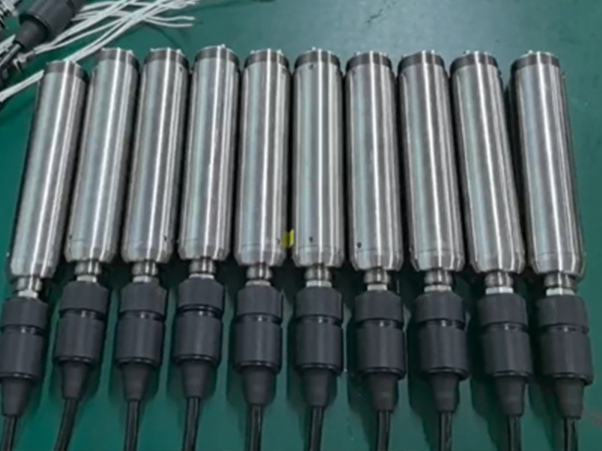
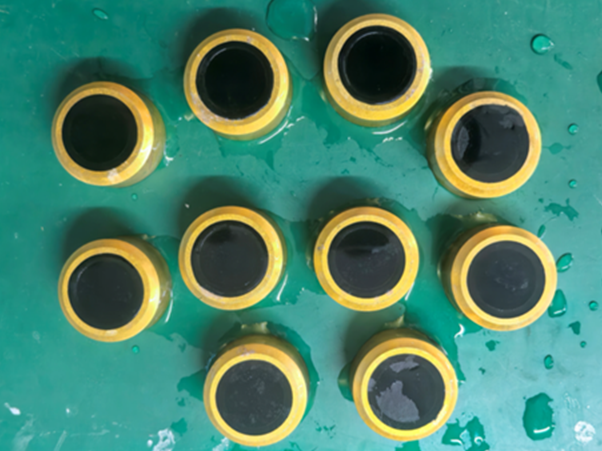
1.Antibacterial Characteristics: The dissolved oxygen fluorescence sensor has a unique antibacterial design. The surface of the sensing membrane of the sensor has been specially chemically treated to form an antibacterial protective film. This protective film can effectively inhibit the attachment and growth of marine organisms on the surface of the sensor. Its antibacterial principle is mainly based on two aspects: on the one hand, the chemical structure of the protective film can damage the cell membrane of marine organisms, making them lose activity and unable to attach and reproduce on the surface of the sensor; on the other hand, the protective film will slowly release some trace elements with inhibitory effects on marine organisms, but the release amount of these trace elements is precisely controlled and will not cause any pollution to the water environment. Experimental data shows that after being placed in the same marine environment for one month, the biomass attached to the surface of the ordinary dissolved oxygen sensor reaches more than 50mg per square centimeter, while the biomass attached to the surface of the dissolved oxygen fluorescence sensor of Lumin Sens is only below 5mg per square centimeter, with a significant antibacterial effect.
2.High Reliability: In terms of hardware design, the sensor uses high-quality optical components and electronic components to ensure stable operation in complex marine environments. The optical components have been specially coated to have good corrosion resistance and can effectively resist the erosion of seawater. The electronic components are industrial-grade products with strong anti-interference ability and can accurately collect and transmit data in a strong electromagnetic interference environment. In terms of software algorithms, the R&D team of Lumin Sens has adopted advanced data processing algorithms, which can calibrate and correct the data collected by the sensor in real time, effectively eliminating the influence of environmental factor fluctuations (such as temperature and salinity changes) on the measurement results. Through a large number of practical application cases, the measurement data reliability of this dissolved oxygen fluorescence sensor is as high as more than 99%.
3.Good Stability: The sensor can maintain stable measurement performance during long-term use. Its unique fluorescent substance formula and sensing membrane structure design enable the fluorescent substance to maintain stable fluorescent characteristics after long-term illumination and interaction with dissolved oxygen. After a continuous monitoring experiment lasting for 3 months, the drift of the dissolved oxygen data measured by this sensor is less than ±0.2mg/L, while the data drift of some similar products on the market within the same period can reach more than ±0.5mg/L. This excellent stability ensures that during long-term water quality monitoring, the sensor can continuously provide accurate and reliable data, providing a solid data support for users' decisions.
IV. Analysis of Practical Application Cases
4.1 Marine Ecological Monitoring Project
In a large-scale marine ecological monitoring project, it is necessary to conduct long-term and real-time monitoring of the dissolved oxygen distribution in a vast sea area to evaluate the ecological health status of the sea area. In the initial stage of the project, a batch of dissolved oxygen sensors of other brands were used. However, soon after being put into use, it was found that due to the attachment of marine organisms, the measurement data of the sensors deviated seriously, and the deviation became larger and larger over time. These inaccurate data led to misjudgments in the evaluation of the ecological status of the sea area, causing great troubles to the progress of the project.
After introducing the dissolved oxygen fluorescence sensor of Qingdao Lumin Sens Marine Technology Co., Ltd., the situation has been significantly improved. The antibacterial characteristics of the sensor effectively reduce the attachment of marine organisms, ensuring the normal operation of the sensor. During the monitoring period of up to half a year, the sensor operates stably, and the measurement data is accurate and reliable. Through the analysis of these data, the project team accurately grasped the temporal and spatial variation laws of dissolved oxygen in the sea area, providing a powerful data support for marine ecological protection and resource management. According to the data measured by the sensor, it was found that there were low dissolved oxygen areas in some areas of the sea area. After further research, it was determined that they were caused by nearby mariculture activities and land-based pollution emissions. The project team formulated targeted treatment measures based on this, achieving good results.
4.2 Wastewater Treatment Plant
A wastewater treatment plant uses the activated sludge method for wastewater treatment. Dissolved oxygen is a crucial parameter in this process and needs to be precisely controlled within a certain range to ensure the normal metabolism of microorganisms and the wastewater treatment effect. The dissolved oxygen sensors previously used by the plant were often affected by the attachment of impurities and microorganisms in the sewage, resulting in inaccurate measurement data and the inability to adjust the aeration system in a timely manner, making the wastewater treatment effect unstable and the effluent quality difficult to meet the standards.
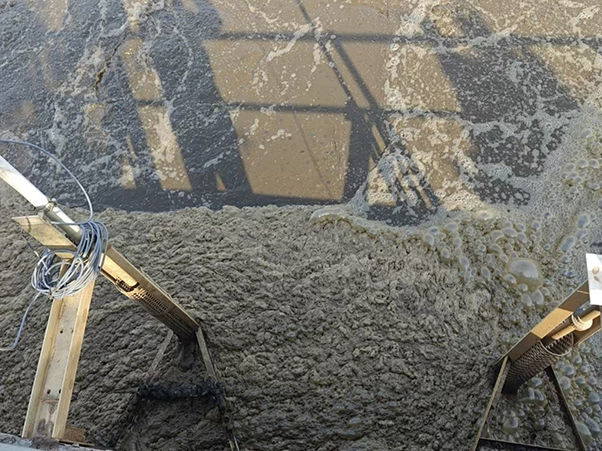
After replacing with the dissolved oxygen fluorescence sensor of Lumin Sens, the advantages of the sensor in terms of reliability and stability are fully reflected. Its antibacterial characteristics enable the sensor to remain clean for a long time in the sewage environment and not be interfered with by the attachment of microorganisms. The sensor accurately and real-timely monitors the dissolved oxygen concentration in the aeration tank, providing a reliable data basis for the automatic control system of the wastewater treatment plant. By precisely adjusting the aeration system according to the sensor data, the treatment efficiency of the wastewater treatment plant has been significantly improved, and the effluent quality has stably met the standards. Compared with before, the energy consumption of the wastewater treatment plant has been reduced by 15%, and the sludge production has been reduced by 10%, achieving a win-win situation of economic and environmental benefits.
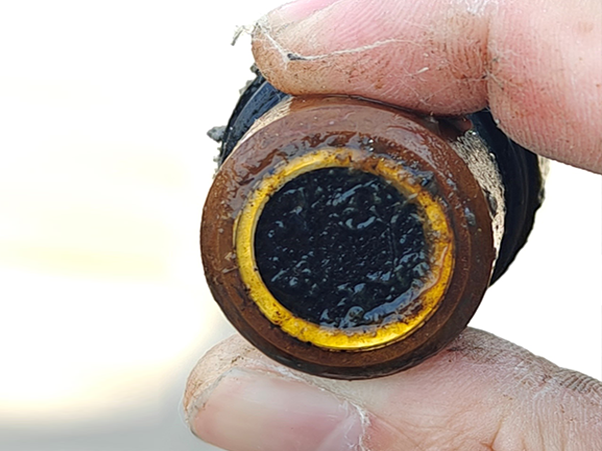
V. Comparison with Other Similar Products
5.1 Comparison of Antibacterial Performance
Through the antibacterial performance test of several mainstream dissolved oxygen sensors on the market, the results show that the dissolved oxygen fluorescence sensor of Lumin Sens performs excellently in terms of antibacterial performance. In the experimental water tank simulating the marine environment, dissolve oxygen sensors of different brands are placed. After one month, the attachment situation of organisms on the surface of the sensors is analyzed by using the methods of microscopic observation and biomass weighing. The results show that a large number of marine organisms are generally attached to the surfaces of the sensors of other brands, with a variety of biological species, including algae, bacteria, and small invertebrates, and the average biomass reaches 30mg - 50mg per square centimeter. However, the biomass attached to the surface of the dissolved oxygen fluorescence sensor of Lumin Sens is extremely small, with a single biological species, mainly a small amount of single-celled microorganisms, and the biomass is only below 5mg per square centimeter. This significant difference fully proves the leading position of the Lumin Sens sensor in antibacterial performance, which can effectively reduce the interference of marine organism attachment on the measurement data.
5.2 Comparison of Reliability
In a series of reliability tests, including extreme environment tests such as high temperature, high humidity, and strong electromagnetic interference, as well as long-term continuous operation tests, the dissolved oxygen fluorescence sensor of Lumin Sens shows excellent reliability. After continuously operating for 72 hours in an environment with high temperature (40°C) and high humidity (relative humidity of 95%), the measurement data deviation of the sensor is less than ±0.2mg/L, while the data deviation of some similar products exceeds ±1mg/L. In a strong electromagnetic interference environment, such as the test at a position 5 meters away from a large motor, the Lumin Sens sensor can work normally, and the measurement data is not interfered with, while some other products have problems such as data jumps and signal losses. In the long-term continuous operation test, the Lumin Sens sensor continuously operates for more than 3 months, and the drift of the measurement data is less than ±0.1mg/L, while the drift of similar products is generally between ±0.3mg/L and ±0.5mg/L. These test data clearly show that the dissolved oxygen fluorescence sensor of Lumin Sens has obvious advantages in terms of reliability, can work stably in various complex environments, and provides users with accurate and reliable data.
5.3 Comparison of Stability
The stability test mainly examines the change situation of the measurement performance of the sensor during long-term use. Through the actual application monitoring of dissolved oxygen sensors of different brands, it is found that the dissolved oxygen fluorescence sensor of Lumin Sens has excellent stability. During the 3-month monitoring period, the standard deviation of the dissolved oxygen concentration measured by it is less than 0.3mg/L, while the standard deviation of other similar products is between 0.6mg/L and 1mg/L. This means that the data measured by the Lumin Sens sensor is more stable, with smaller fluctuations, and can provide users with more accurate and reliable dissolved oxygen data, having an irreplaceable advantage in long-term water quality monitoring work. Whether in marine environment monitoring, wastewater treatment plants or other fields requiring high-precision dissolved oxygen monitoring, the dissolved oxygen fluorescence sensor of Lumin Sens can meet the needs of users with its excellent stability, providing a solid guarantee for water quality monitoring work.
VI. Conclusion
The attachment of marine organisms has a profound impact on the measurement data of water quality sensors, seriously interfering with the normal work of various sensors such as optical sensors and electrochemical sensors, resulting in inaccurate measurement data and being unable to provide reliable basis for water quality monitoring and related decisions. However, the dissolved oxygen fluorescence sensor of Qingdao Lumin Sens Marine Technology Co., Ltd., with its unique antibacterial characteristics, high reliability, and good stability, performs excellently in practical applications and effectively solves the problems brought about by the attachment of marine organisms. Through practical application cases and comparison with other similar products, the advantages of this sensor in various aspects can be clearly seen. In many fields such as marine ecological monitoring and wastewater treatment, the dissolved oxygen fluorescence sensor of Lumin Sens can play an important role, providing accurate and reliable data for water quality monitoring and making positive contributions to promoting the development of related industries. It is believed that with the continuous progress and innovation of technology, Qingdao Lumin Sens Marine Technology Co., Ltd. will continue to launch more high-quality products, bringing more solutions and development opportunities to the water quality monitoring field.

Company Profile
Qingdao Lumin Sens Marine Technology Co., Ltd. is an industrial company established relying on the Institute of Oceanographic Instrumentation of Shandong Academy of Sciences and has obtained A-round venture capital investment from Shandong Shanke Innovation Equity Investment Co., Ltd.
The company focuses on the research of marine monitoring technology and the development of equipment, and is mainly engaged in the OEM research and development, production, sales, and service of a series of fluorescent sensitive elements and high-end optical water quality sensors. It can provide personalized design services and monitoring system integration solutions according to the special requirements of customers. Its products and services are widely used in aquaculture, environmental monitoring, biomedicine, industrial production, and scientific research and education fields.
The team has strong R&D strength, with multiple doctors, undertaking more than 10 national natural science funds, scientific and technological projects, etc.; publishing more than 30 SCI papers; applying for and obtaining more than 10 invention patents; and winning one scientific and technological progress award for fluorescent sensors.
The company has successfully broken through the research of a series of sensitive elements and water quality sensors such as dissolved oxygen by fluorescence method, optical turbidity, chlorophyll, cyanobacteria, and oil in water, solving problems such as indicator leakage, slow response, and low sensitivity, and has a very high cost-performance ratio advantage. At the same time, it can also provide various ion sensors such as pH value, ORP, salinity, conductivity, TDS, ammonia nitrogen, as well as various handheld, online, and 4G multi-parameter analyzers, which can realize real-time continuous monitoring and send the data to the remote control center through wireless transmission, providing a powerful support for water resource management and protection.
Lumin Sens promises to provide the best service and support to all customers around the world.
National Consultation Hotline: 159 0893 6871




